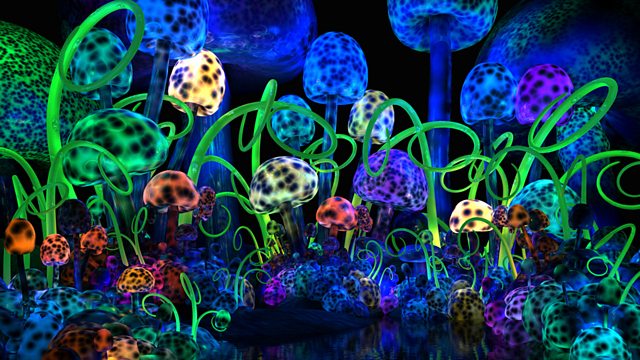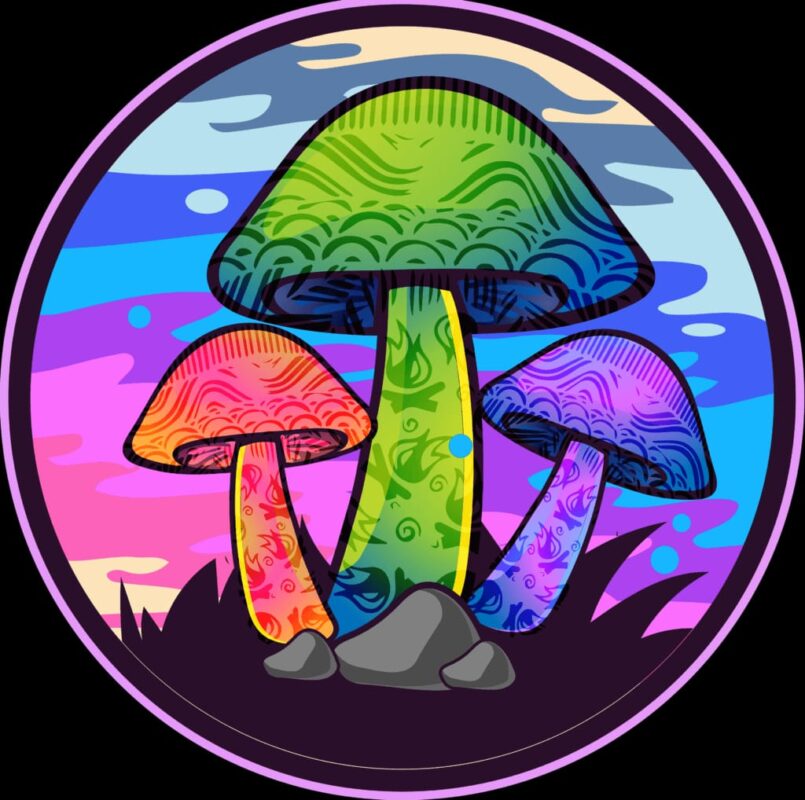Blog
The Science Behind Psychedelic-Induced Hallucinations
The Science Behind Psychedelic science-Induced Hallucinations
The study of psychedelic chemicals’ impact on the brain and consciousness is known as “psychedelic science,” a fascinating and quickly developing discipline. Researchers are finding that psychedelics, such as LSD and psilocybin, have therapeutic potential for treating mental health conditions like PTSD, anxiety, and depression. Scientists are laying the groundwork for cutting-edge therapeutic modalities that have the potential to completely transform mental health services by researching how these chemicals interact with serotonin receptors and foster neuroplasticity. The knowledge of psychedelics’ significant influence on human experience and healing is expanding along with interest in these substances.
Understanding Hallucination
Without an outside stimulation, hallucinations are perceptual experiences that cause people to see, hear, or feel things that aren’t there. It is well known that psychedelics like LSD, psilocybin, and DMT can induce these altered states of consciousness. These sensations are caused by intricate systems involving major alterations in brain activity and sensory processing.
How Psychedelics Work
Psychedelics mostly impact the 5-HT2A receptors, which are part of the brain’s serotonin system. Changes in emotion, perception, and cognition result from the activation of these receptors. Vibrant hallucinations and altered states of consciousness may arise from this stimulation, which can interfere with the brain’s regular processing of sensory data, shop here.
Weakening Visual Processing
Studies suggest that medicines that cause hallucinations could impair the brain’s ability to absorb visual information. This disturbance may result in a breakdown in the brain’s ability to interpret sensory information, giving rise to complex images and visual distortions in users. People may perceive, for example, colors, patterns, or shapes that are not there in their surroundings, resulting in a diverse range of visual experiences.
Altered Sensory Input
Psychedelics specifically target brain involve in sensory perception. These drugs have the ability to modify how people see their environment by changing how the brain processes sensory information. This may result in increased light, sound, and touch sensitivity as well as synesthesia—a combination of sensory modalities where experiences in one sense (such as hearing colors or seeing sounds) are triggered by experiences in another.
The Connection to Psychiatric Conditions
It’s interesting to note that psychedelic experiences are comparable to those reported in specific mental illnesses, including schizophrenia. Understanding the similarities and differences between drug-induced and mental health disorder-related hallucinations has become more important as a result. Psychedelics can cause hallucinations, but they usually don’t cause the same kind of long-lasting psychotic episodes that are linked to schizophrenia.
psychedelic science and Dissociative Drugs | National Institute on Drug Abuse (NIDA)
Learn more about NIDA’s research on the health effects and therapeutic potential of psychedelic and dissociative drugs.
Hallucinations Under Psychedelics and in the Schizophrenia Spectrum: An Interdisciplinary and Multiscale Comparison – PMC
Interest in the similarities between drug-induced experiences and those more frequently seen in psychiatric situations, including the schizophrenia spectrum, has been rekindled by the recent rebirth of psychedelic study. This paper was produced by the International Consortium on Hallucinations’ multidisciplinary working group.
Understanding Psychedelic Science: Unlocking the Mysteries of the Mind
The study of psychedelic chemicals’ impact on the brain and consciousness is known as “psychedelic science,” a young area. Researchers have been looking into the therapeutic potential of psychedelics including MDMA, LSD, and psilocybin with renewed interest in recent years. The foundations of psychedelic science, its historical background, present research, and potential future applications for treating mental health disorders will all be covered in detail in this blog article.
The Historical Context of Psychedelic Research/Psychedelic science
Moreover, Psychedelics have been utilized for spiritual and therapeutic purposes for ages in a variety of civilizations. However, Swiss chemist Albert Hofmann’s 1938 discovery of LSD marked the start of the contemporary era of psychedelic science. After then, research on psychedelics in therapeutic contexts grew rapidly until the 1970s, when social and political forces caused a sharp drop in the field.As a result of a shift in public perception brought about by recent studies, psychedelics may now be beneficial in the treatment of mental illness.
How Psychedelics Affect the Brain
Serotonin Receptors and Neurotransmission
Firstly,the brain’s serotonin receptors, particularly the 5-HT2A receptor, are the main target of psychedelics. certain drugs affect emotion, perception, and cognition via changing neurotransmission when they attach to certain receptors. To comprehend how psychedelics cause altered states of consciousness, it is essential to comprehend this relationship.
Brain Connectivity and Neuroplasticity
Secondly,Psychedelics have been proven to boost connection between different regions of the brain, allowing for enhanced communication and integration of sensory information. The phenomena of ego disintegration, in which people experience losing their feeling of self and unity with the cosmos, is connected to this increasing connectivity. Moreover, psychedelics encourage neuroplasticity, the brain’s capacity to rearrange itself through the creation of new neural connections, which may result in long-lasting adjustments to emotional and cognitive processes.
Current Research and Therapeutic Applications Of psychedelic science
Mental Health Treatment
Meanwhile, recent research has shown that psychedelics may be use to treat a range of mental health conditions, including as addiction, PTSD, anxiety, and depression. Clinical trials with patients receiving psychedelic-assisted therapy have demonstrated noteworthy improvements in symptoms and general well-being.
- Psilocybin for Depression: Research indicates that psilocybin can lead to rapid and sustained reductions in depressive symptoms, even in treatment-resistant patients.
- MDMA for PTSD: Clinical trials have shown that MDMA-assisted therapy can produce lasting benefits for individuals suffering from PTSD, providing a new avenue for treatment.
The Role of Set and Setting
Furthermore,Recent research has shown that psychedelics may be used to treat a range of mental health conditions, including as addiction, PTSD, anxiety, and depression. Also,clinical trials with patients receiving psychedelic-assisted therapy have demonstrated noteworthy improvements in symptoms and general well-being.
The Future of Psychedelic Science
Again,Psychedelic science appears to have a bright future as long as study stays broad. The gradual removal of regulatory obstacles has made it possible to investigate these drugs more in clinical settings. The increasing amount of research demonstrating psychedelics’ therapeutic potential may result in their inclusion in standard mental health care, providing those with mental health issues with fresh hope.
Conclusion On Psychedelic science
Then, the science of psychedelic-induced hallucinations demonstrates an intriguing interaction between perception and brain chemistry. Psychedelics have the ability to produce deep and frequently life-changing experiences by changing serotonin receptor activation and interfering with regular sensory perception. Also,gaining an understanding of these drugs’ processes will be essential to maximizing their medicinal potential as research on them proceeds, shop here.

